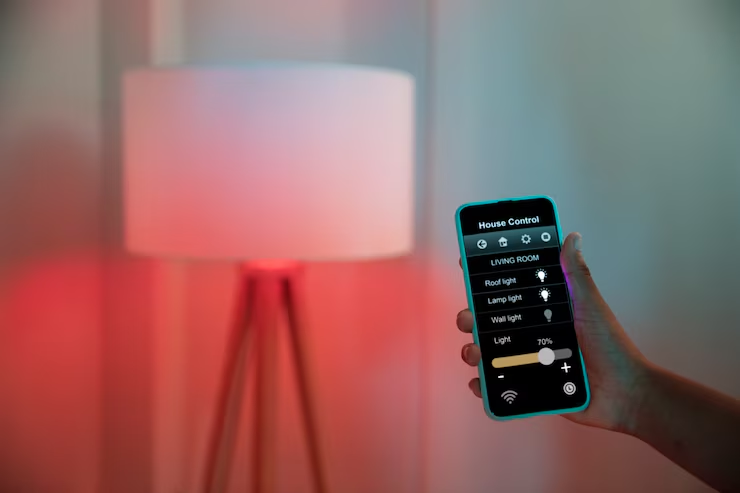Light Management System
Types of Light Management System
A. Standalone Sensors : These sensors, which combine occupancy (PIR, ultrasonic, and microware technologies), are just that—standalone. It is an extremely cost-effective approach, and each sensor operates independently.
B. Honeywell Wireless LMS : It is made up of a dispersed network of sensors, including Ambient (Lux + Temperature + Humidity) and Occupancy (PIR) sensors. The controllers gather data from these sensors across the office area and wirelessly transmit it to the gateway. An on-premise server computer receives this data and can be connected to any BMS by BACnet over IP or the cloud.
C. The Honeywell Managed Lighting System (wired LMS): The Lighting Control product line strives for building lighting intelligence and energy savings.

System Fatures
- 1. A single product offering that combines occupancy-based lighting management with daylight-based light regulation
-
2. Making sure there is adequate light for good
functionality
- 3. Zoning and Grouping of Lighting as per work Group and Occupancy requirements
- 4. Zone linking allows the Common Zone to have a minimum of safety lighting based on the occupancy of each particular work zone.
- 5. Define and connect work groups without reference to power wiring circuits.
- 6. Individual as well as Zonal Dimming with the help of manual overrides to suit the individual requirements of lighting.
- 7. Setting the Scene The zone's lights are dimmed to provide a conference room setting.
- 8. Uses distributed intelligence, which reduces the possibility of a system failure.
- 9. Combining several lighting systems on a single, consistent platform to provide the best possible customized illumination and consistent system support
- 10. Because no software or centralized control is needed, it is robust to install and maintain.
- 11. Because no software or centralized control is needed, it is robust to install and maintain.
- 12. Easy and basic wiring: A straightforward two-wire communication bus
- 13. Multirrammable features which can be commissioned and recommissioned as per changing requirements
- 14. Utilizing a basic remote InfraRed programming tool.
- 15. It is possible to integrate overrides via BMS Outstation, Fire/Intruder Alarm System, and Volt-free Global Commands.
- 16. Low maintenance and the best ROI estimates for the project.
